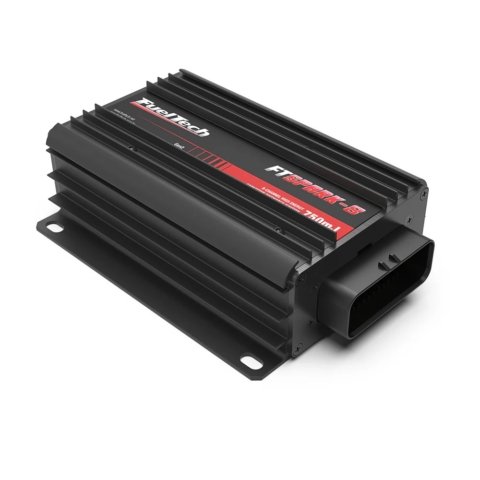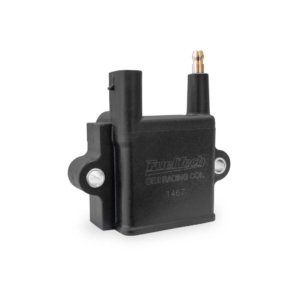 Much has changed since the days of setting dwell on a single-point distributor. And, no, we’re not talking about the switch to dual points or even electronic ignition. Rather, computer-controlled timing and spark control have taken over most internal combustion engines.
Much has changed since the days of setting dwell on a single-point distributor. And, no, we’re not talking about the switch to dual points or even electronic ignition. Rather, computer-controlled timing and spark control have taken over most internal combustion engines.
Contrary to popular belief, with a little bit of understanding and hardware from FuelTech, that same technology can be applied to older vehicles as well. While all computer-controlled ignition systems can be super reliable and configurable, there are several variations to choose from.
FuelTech’s own Cameron Lohrmann put together a brief overview of some of the options in a recent YouTube video that can really help those dipping a toe into total timing control. The two basic options are sequential or wasted spark ignition.
 Wasted spark is the simplest with a minimum input of a crankshaft signal like that of a crank trigger. Outputs are shared between cylinders, furthering the straightforwardness.
Wasted spark is the simplest with a minimum input of a crankshaft signal like that of a crank trigger. Outputs are shared between cylinders, furthering the straightforwardness.
“Wasted spark is going to take two coils and fire them at the same time. One of them will be firing when it should be firing to light off the mixture. The other one will be firing on the exhaust stroke,” Cameron explains.
Sequential requires more input and more outputs, but also can provide more coil charge time and, therefore, more spark energy.
“That requires you to have a cam sync so we can identify where cylinder number one is in the cycle and when we need to start the firing order over again,” says Cameron. The folks at FuelTech can light the fire either way.






